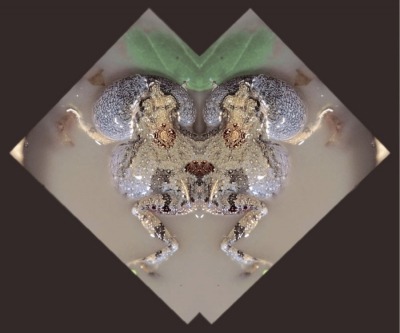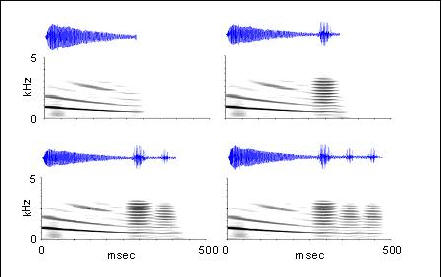About Our Lab

2018, Princeton University Press
Research in our laboratory addresses questions concerning the evolution and function of animal behavior. Most of the questions we have addressed are centered on issues of sexual selection and communication and have attempted to integrate studies of brain, behavior, and evolution. We utilize a variety of techniques, including: natural history studies; phylogenetic reconstruction and comparisons; laboratory experimentation, especially phonotaxis, robotics, and video playbacks; molecular neurobiology; and endocrinology. Although much of the work has centered on frogs and fish, we also have studied insects, birds, and mammals. Currently our studies also involve frog-eating bats, blood-sucking flies, swordtails, mollies, túngara frog, peter's frog, and poison dart frogs.
Check our Multimedia tab for interactive material available as teaching aids. It currently contains sonograms, wave files and a videos of túngara frog, frog-eating bats, and blood-sucking flies.
Research

Multimedia
Tungara Frog Calls

Wave file of the calls illustrated in the figure on left.
Videos, calls and images are available on the Multimedia page.
